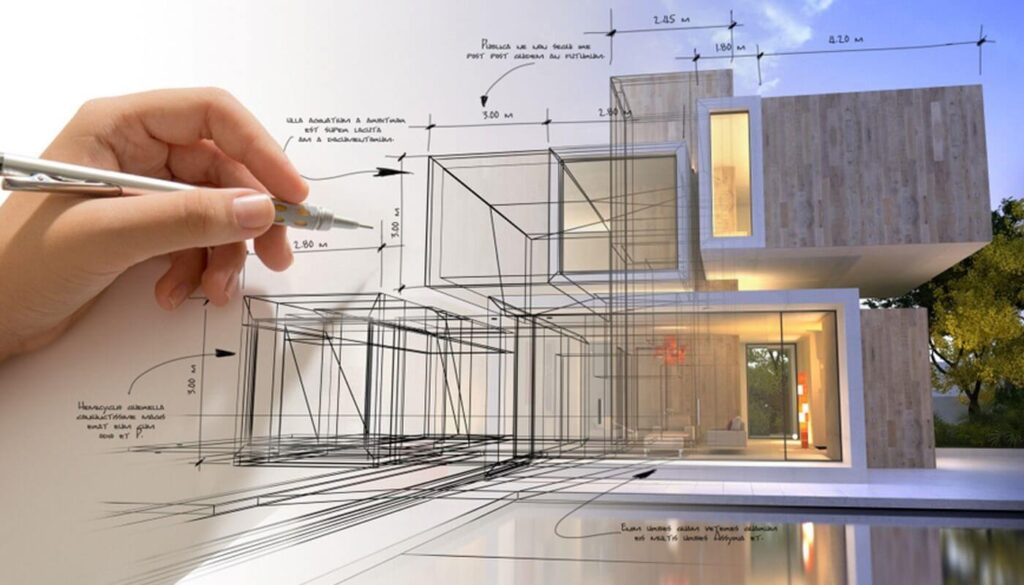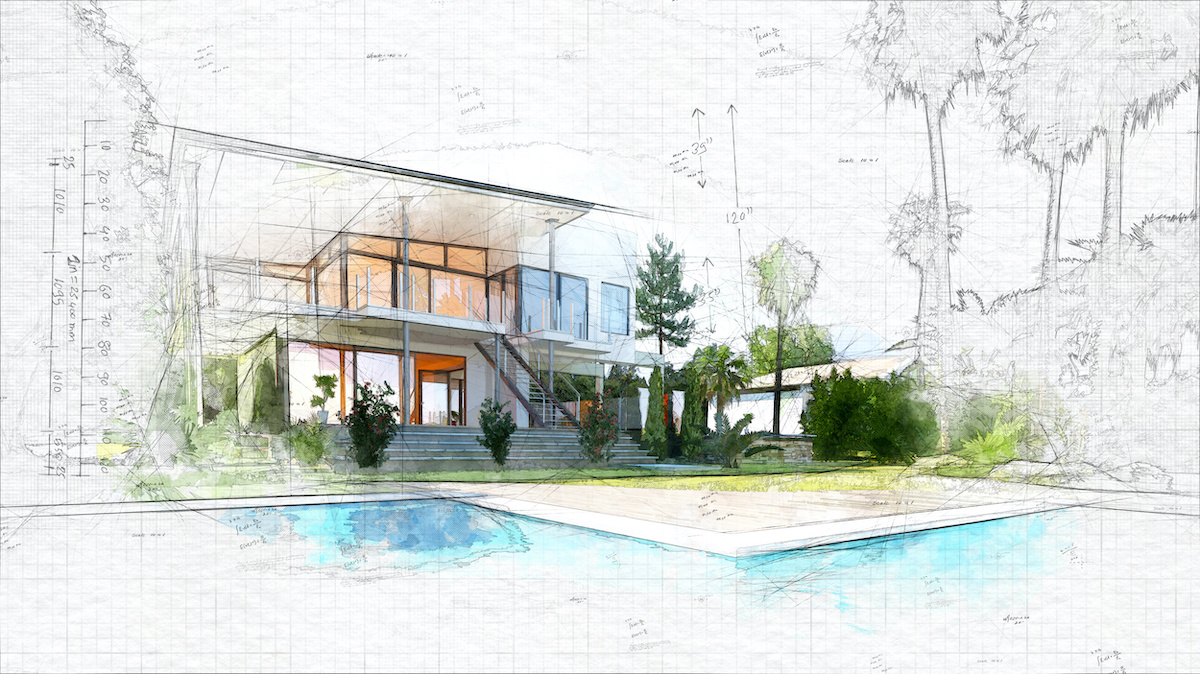Why CDA Architects Are Leaders in Architectural Style and Advancement
Why CDA Architects Are Leaders in Architectural Style and Advancement
Blog Article
The Essential Role of a Designer fit Lasting Urban Settings for Future Generations
The role of a designer in crafting sustainable urban environments is progressively critical in reacting to the challenges of climate change and urbanization. By effortlessly incorporating ecological principles into their styles, architects not only boost the aesthetic and practical quality of city rooms but additionally address pressing issues such as power effectiveness and social equity.
Recognizing Sustainable Urban Layout
Lasting urban layout integrates ecological concepts with city planning to produce settings that are not only comfortable however likewise resistant. This approach highlights the importance of including natural systems right into the metropolitan textile, making certain that growth fulfills the needs of the here and now without compromising the capability of future generations to satisfy their own needs. Trick elements of sustainable urban style consist of efficient land use, the promo of biodiversity, and the assimilation of green spaces, every one of which contribute to enhanced lifestyle for locals.
Furthermore, sustainable city style focuses on the decrease of the city warmth island impact, boosted air high quality, and reliable stormwater management. It urges the usage of renewable energies and energy-efficient structure practices, which dramatically reduced carbon impacts. Sustainable urban style cultivates social equity by developing available public spaces and promoting mixed-use developments that provide to diverse populations.
Via thoughtful preparation and ingenious layout methods, sustainable metropolitan settings can boost community strength versus climate modification while fostering economic development. This all natural method not only addresses immediate urban obstacles yet additionally prepares for healthier, a lot more sustainable cities for generations ahead.
Trick Duties of Designers
Designers play a critical function fit lasting urban environments by equating layout concepts into substantial structures and rooms. Their responsibilities include a vast variety of activities that add to the overall success of metropolitan layout jobs.
Primarily, engineers carry out thorough site evaluations to understand the ecological, social, and cultural context of their projects. This fundamental expertise notifies their layout decisions, guaranteeing that structures integrate with their environments. They likewise participate in joint procedures with stakeholders, consisting of city coordinators, designers, and the neighborhood, cultivating a comprehensive technique to city advancement.
Furthermore, designers are tasked with developing designs that maximize energy efficiency, resource preservation, and performance. They must follow local zoning laws, developing codes, and sustainability certifications, guaranteeing compliance while pushing the borders of development.

Cutting-edge Materials and Techniques
In the search of ecologically responsible layout, ingenious materials and techniques have become essential components in the production of lasting urban environments. Architects are progressively utilizing products that minimize environmental impact while boosting energy efficiency. Recycled materials, such as recovered wood and repurposed metals, not only decrease waste yet likewise try this include unique visual top qualities to frameworks.
In addition, innovations in technology have resulted in the growth of high-performance materials, such as shielded concrete types (ICFs) and solar glass, which contribute to power preservation and harness eco-friendly power. Techniques such as passive solar layout and green roofing systems additionally exemplify just how architecture can balance with all-natural systems, reducing dependence on man-made like it heating and cooling.
Furthermore, the combination of wise products, which adjust to ecological changes, uses encouraging avenues for enhancing building efficiency - cda architects. These products can reply to temperature fluctuations or wetness degrees, maximizing comfort and sustainability
Ultimately, the tactical choice and application of innovative materials and techniques encourage engineers to create metropolitan rooms that are not only useful and cosmetically pleasing but additionally durable and eco liable, making sure a lasting future for generations to come.
Community Interaction and Cooperation
The success of innovative materials and methods in sustainable metropolitan architecture is considerably boosted by active neighborhood engagement and cooperation. Engineers need to identify that the constructed setting profoundly influences the lives of neighborhood homeowners, making it crucial to involve them in the layout process. Engaging the community cultivates a feeling of possession and liability, ensuring that developments not only meet visual and practical demands yet also reflect the worths and goals of those that occupy them.

Effective area interaction also aids in focusing on social equity within city development. By thinking about the voices of marginalized populations, architects can develop rooms that are comprehensive and fair. In this method, neighborhood interaction and cooperation come to be essential to accomplishing absolutely sustainable metropolitan settings that serve the requirements of present and future generations.
Future Fads in Sustainable Architecture

In addition, advancements in innovation are shaping future patterns in lasting style. The combination of smart materials and structure systems allows for real-time power administration, enhancing effectiveness and minimizing carbon footprints. Advancements such as green roofing systems, living wall surfaces, and energy-generating facades are becoming conventional techniques, further promoting ecological balance within urban atmospheres.
Moreover, a change in the direction of biophilic design is gaining traction, highlighting the link in between nature and human well-being. By including natural environments, engineers create rooms that foster mental health and wellness while advertising biodiversity.
Conclusion
In conclusion, designers are essential ahead of time lasting city settings through their competence in design, innovative products, and community engagement. By prioritizing energy performance and source preservation, these professionals add to the production of durable city spaces that fulfill the requirements of existing and future generations - cda architects. The combination of eco-friendly principles not only enhances livability but also cultivates social equity, making certain advancements resonate with the worths and aspirations of the areas they serve
Report this page